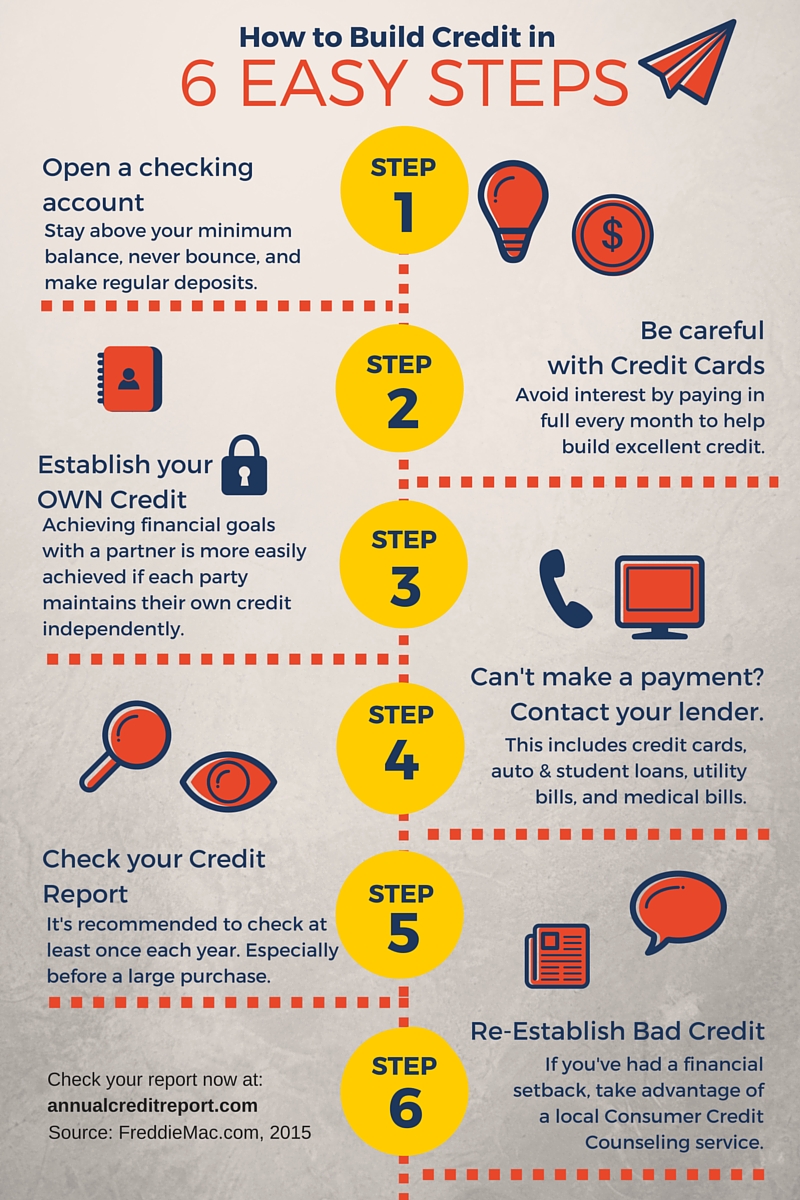
FICO scores are an indicator of a person's credit history. They are used by creditors to look at existing debt and income. A good score gives a person more choices and access to lower interest rates. Landlords and utility companies may also consider your credit score. If your credit score doesn't reflect your ability to repay loans or obtain a new credit card, then you will need to work on it.
Payment history
Your payment history is an important factor in determining your credit score. It shows when you paid a particular debt and the amount owed. You will see fewer negative entries over time. Trended data from within the past 24 hours is included in the FICO model. This helps lenders to assess your likelihood of repaying all debts.
The payment history refers to the payment history for all accounts. It gives lenders a snapshot about your repayment behavior. Your credit score can be seriously damaged if you miss a payment or send one to collections. This is because lenders consider you a high-risk borrower when you miss payments.
Accounts owing
Your credit score can be affected by the number of accounts you have. This category makes up about 30% of your total score and is directly affected by new credit card accounts. This includes all accounts and balances. The more accounts you have, the higher your risk of being overextended.

You can improve your credit score by paying off your debt. Credit scoring models take into account many factors to determine an individual's credit score. One of these is the amount of debt. While carrying high amounts of debt doesn't automatically make you a bad risk, it does make it more difficult to meet your monthly obligations.
Credit history length
The length of credit history is one important factor that determines your credit score. Credit score considers the age and length of each account. Ideally, your credit history should be at least six months old. However, if a new account has been opened, your credit history may be much shorter.
FICO uses the average account age to determine your credit history. This figure is calculated using the average age of each credit account multiplied by the total number. Credit accounts average around 8 years old. Your credit history is also affected by the age of the accounts and their duration. FICO doesn't make these factors public.
New credit
FICO scores will consider recent activity such as when you applied for credit or opened new accounts. Lenders will also look at the time since you last applied for a new account and may lower your score by a few points. Your score is affected depending on which type of credit you apply for, and what kind of activity you have.
There are two ways to increase your credit score. One is by paying your bills on-time and using your available credit responsibly. First, check your credit score. It takes less than two days to get your credit reports. You can also monitor your credit by setting up due date alerts on your credit cards bills. While it takes a little time to set these up, it's an excellent start to improve your credit score.

VantageScore
VantageScore, a credit score, was introduced in 2006. FICO and VantageScore are based on credit reports. However, the method of calculating the credit score differs. FICO relies on data from the credit bureaus. VantageScore, however, uses data about consumer behavior for a two-year period. Consumers should understand how VantageScore score and FICO scores are different and how they interact.
VantageScore is not without its disadvantages. For one, it is easier to understand and compare. Equifax, Experian, Transunion created the VantageScore system in order to be consistent and easy to understand. It uses letters grades instead of numbers.